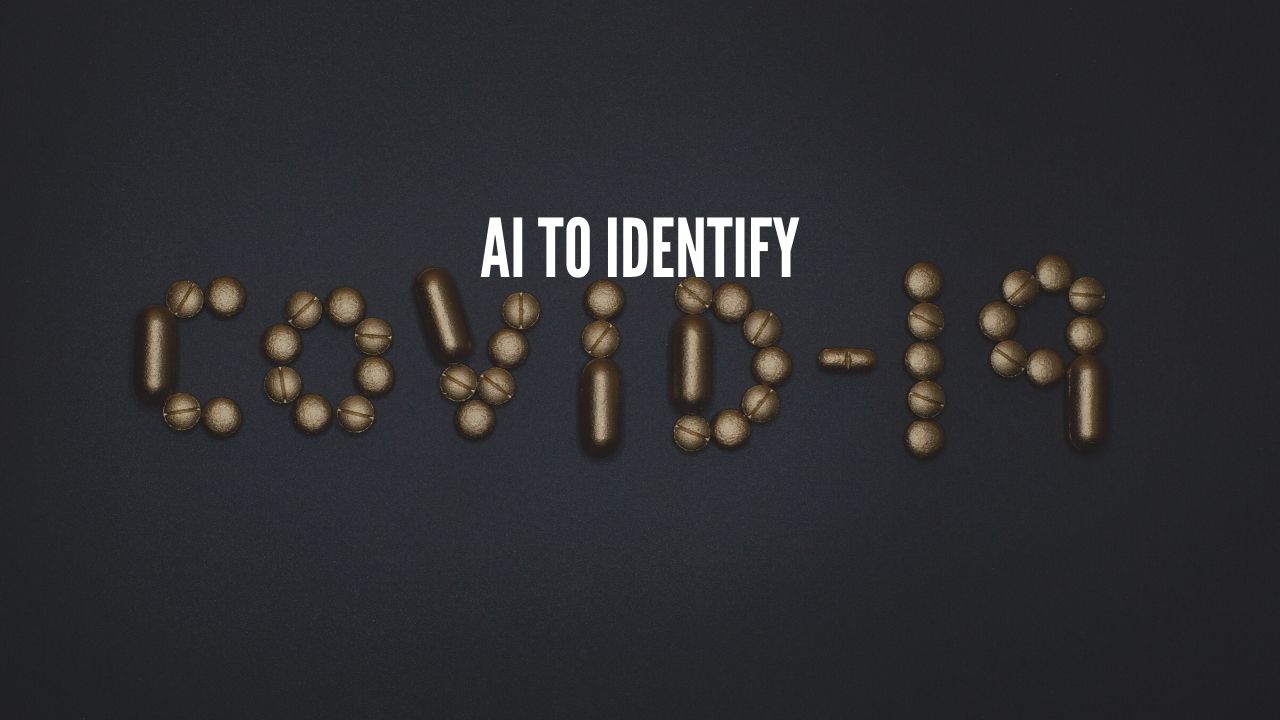
Experiments on human behaviour and their response pattern have been studied for a long time and now these studies are being used to teach a machine the human processing system.
A psychological theory called the BELIEVER system is about the human’s observations and understanding of other’s actions. AI also provides a formal language called AIMDS which represents this system. AIMDS is a frame-type language which provides a rich language to represent structurally both input and output of the BELIEVER system.
One such example of a set of inputs is:
- Mary walked into the kitchen
- She reached for the jar on the shelf
- She opened the cookie jar
- Mary dropped the cookie on the floor.
At any point the subject who is given this set of input might be asked to summarize Mary’s intentions or simply may be asked to recall the events or predict what Mary might do next in the sequence. Different output responses can be gained from this experiment and with the help of these inferences the scientist can identify the basis for testing assumptions about the human information processing system.
In this particular example the summary could be: After the events 1-2 : (S1) Mary has to get something from the shelf. After events 1-3 : (S2) Mary is going to eat a cookie. Despite the fact that Mary dropped the cookie on the floor , after events of 1-4 the summary S2 will usually not be changed .
BELIEVER system relate each act description into a set of propositions. In this way the input is represented as a structured set of propositions together with their temporally dependent truth values.

Implementing this theory in AI it should provide a definition of observed human performance. The assumptions used in this definition include:
- Knowledge the subject used.
- The input given.
- Process and knowledge that transformed the input into output.
The AI system helps the scientist in expressing these assumptions and if the system is designed with utter care it allows them to test the consequences of this input.



